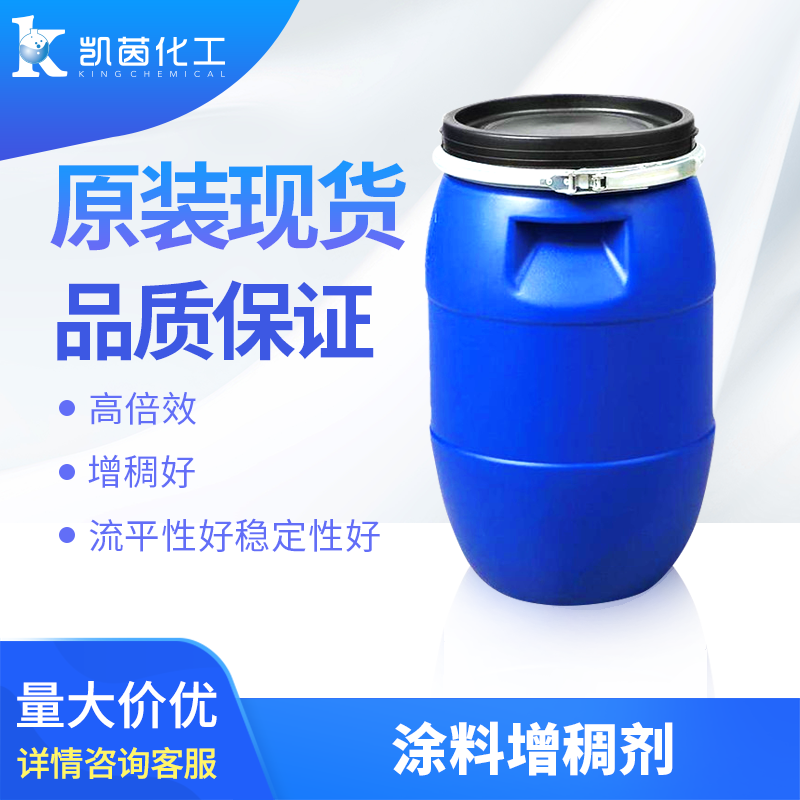Substances that can significantly increase the viscosity of adhesives and sealants are called thickeners (chickeningagent), which are water-based and oil-based. In particular, water phase thickeners are more commonly used. The thickener is essentially a rheological additive. After adding the thickener, it can adjust the rheology, thicken the adhesive and sealant, prevent the filler from settling, give good physical and mechanical stability, and control the flow of the construction process. Denatured (no sagging, no dripping, no flying liquid during gluing), it can also play a role in reducing costs.
Thickening is very important for the manufacture, storage and use of adhesives and sealants. It can improve and adjust the viscosity to obtain stability, anti-settling, anti-seepage, anti-slip, thixotropic and other properties. According to the mechanism of action, the thickeners actually used can be divided into two categories: water-phase thickeners and oil-phase thickeners. The former has many varieties, while the latter is quite rare.

Thickeners have the following categories:
(1) Inorganic thickener(vapor phase silica, sodium bentonite, organic bentonite, diatomaceous earth, attapulgite, molecular sieve, silica gel).
(2) Cellulose Ethers (methyl cellulose, hydroxypropyl methyl cellulose, sodium carboxymethyl cellulose, hydroxyethyl cellulose).
(3) Natural high Molecules and their derivatives (starch, gelatin, sodium alginate, casein, guar gum, chitosan, gum arabic, xanthan gum, soy protein gum, natural rubber, lanolin, agar).
(4) Synthetic high Molecule(polyacrylamide, polyvinyl alcohol, polyvinylpyrrolidone, polyethylene oxide, carbor resin, polyacrylic acid, sodium polyacrylate, polyacrylate copolymer emulsion, butadiene rubber, styrene-butadiene rubber, polyurethane, modified polyurea, low molecular weight polyethylene wax).
(5) Complex Type organometallic compounds (aminoalcohol complex titanate, organic limone complexes). Thickening can be carried out in the water phase or the oil phase, and the mechanisms are different. There are two types of water phase thickeners: non-associative and associative. Non-associative thickeners increase the interaction of water phase system molecules, latex particles, and pigments and fillers to form a physical network structure.
Thickeners form hydrogen bonds with water, which have high hydration and entanglement between macromolecules. They can absorb water in large dishes and greatly expand the volume of macromolecules. With high molecular weight, thickeners They entangle with each other and thicken, causing the movement resistance of the solute or latex particles to increase. At the same time, the electrostatic repulsion effect produced by the carboxylic acid anion center causes the curled macromolecules to stretch and hinder mutual movement. The result is that the viscosity of the system significantly increases.�Thickening.
There are also associated Thickener, on the basis of thickening the original water phase, also has an associative thickening effect, which can associate hydrophobic components such as latex particles, surfactants and fillers to increase the viscosity. Oil phase thickening is achieved by the thickener itself dissolving in the solvent to form an extremely high viscosity. It can also be understood that the thickener absorbs a large amount of solvent from the system and increases the viscosity.

 微信扫一扫打赏
微信扫一扫打赏

